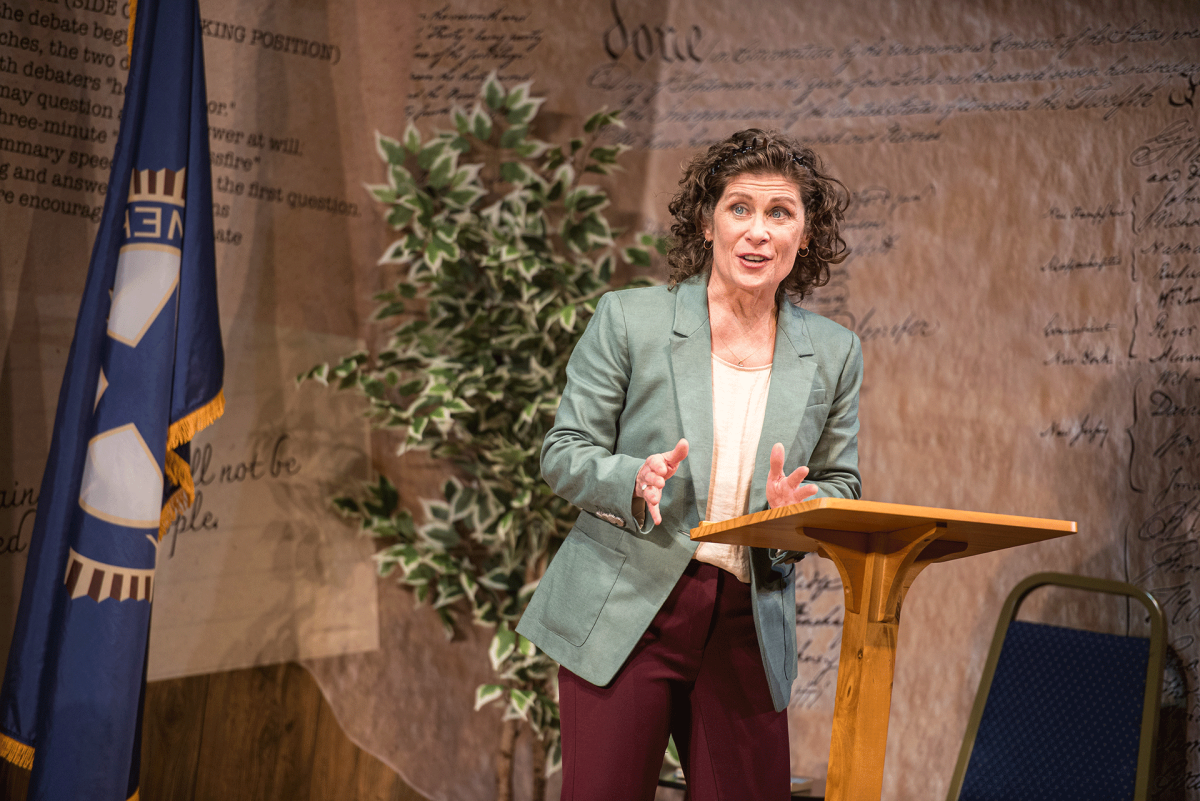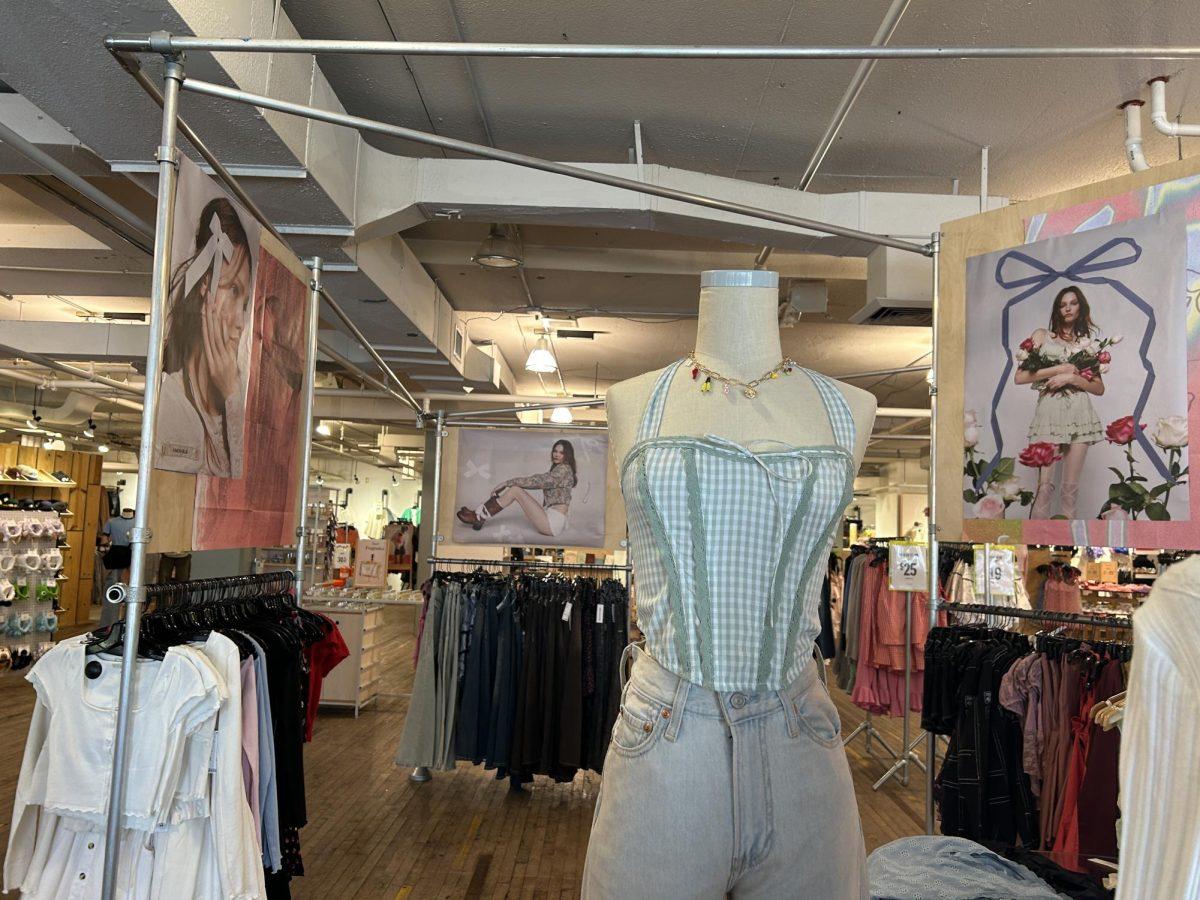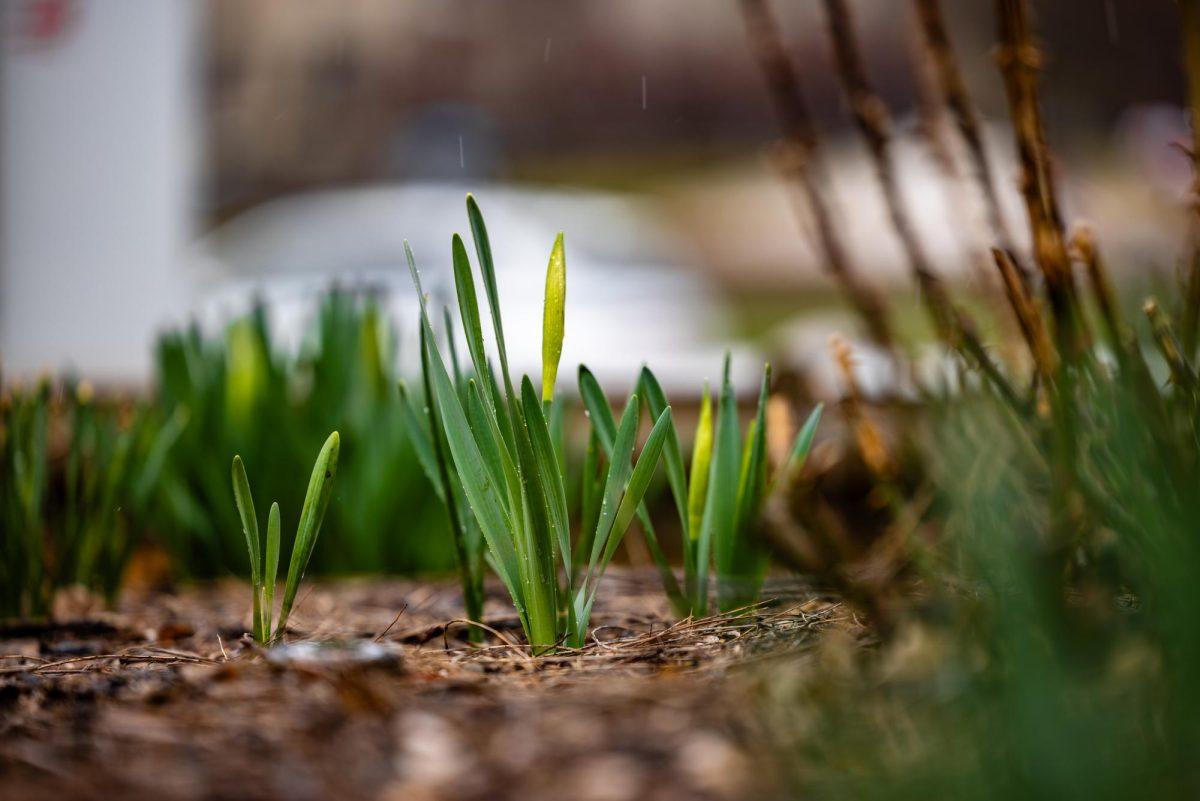Bubbly, pretty and oh-so-humble: seemingly faster than any of her infectious hits have climbed to the top of the Billboard charts, Taylor Swift has secured a place atop the shortening list of America’s sweethearts. After watching the music video for “Our Song” or entertaining the ever-catchy promise of “We Are Never Getting Back Together,” it’s easy to understand both how and why Swift has secured a loyal following. Her songs are a re-telling of popular Ovidian myth, except — filtered through Seneca Falls and the ERA — what was once “Apollo and Daphne” is now “Daphne Tells All.”
Still, the vast majority of Swift’s fans (“Swifties”) are not wannabe Romeos but teenage girls. It is they, after all, who take to her diary-style lyricism like ducks to water. For them, listening is fantasy play: in “Forever & Always,” Joe Jonas carbon-copies their ears to that infamous 27-second phone call; in “Dear John,” John Mayer is, to them, being … John Mayer; and in “I Knew You Were Trouble,” Harry Styles causes them the so-called shame of being proven right. Hidden in each song is an invitation to pull up a seat at the glorified popular table of high school myth alongside a modern-day Venus and the Gods of Olympus-Hollywood.
Because other idols (“townies”) are more likely to promote chugging cheap beer in Pick ‘n Save parking lots, Moms and Pops across the heartland can’t help but be pleased by their daughters’ choice of exemplar. Although tabloid reporters have been harsh in their coverage of her personal life, most readers recognize how their accounts are more myths than realities and how, in other words, their “castles in the sky” are built high above the foundation of one well-known fact: Swift writes songs nearly exclusively about her own love life.
Recently, Swift addressed the burden of her mythic public image by saying to Vanity Fair, “For a female to write about her feelings and then be portrayed as some […] desperate girlfriend […] [takes] something that potentially should be celebrated — a woman writing about her feelings in a confessional way — […] [and] twisting it into something that is frankly a little sexist.” The argument is nothing new. When Kathie Lee Gifford ruled on Swift’s use of her own experiences as basis for her art on TODAY, she casually said, “Well, Jane Austen did the same.”
But did she? Not really. Not even a little bit, really.
The connection, though, is telling. If the myth of Taylor Swift has gotten out of hand, then the myth of Jane Austen has reached near-criminal proportions. Forget the fact that she was one of her time’s most unforgiving, self-confident social critics. To consider Austen today is to imagine a sweet old maid who, after having found forbidden love in her youth, settled into a quiet life of secretive novel writing. This image is woefully mismatched with the playful malice that Austen evidences in private letters. Not even miscarriages were off limits there: “Mrs. Hall […] was brought to bed yesterday of a dead child, […] owing to a fright. I suppose she happened unawares to look at her husband.”
In the modern age, Austen’s grave has been upturned so that she might become a brand of demure femininity and romanticized historicity. This development was fully realized when an independent studio released Becoming Jane, a biopic about Austen’s romance with Tom LeFroy, a barrister. The picture (marketed under the tagline, “Her Own Life Was Her Greatest Inspiration”) implies that Austen’s “happy” romance novels were intended to “settle the score” for her real-life romance, which ended sadly.
Their presumption is false. Austen’s novels are not meant to “make up for” reality, but to critique an existing social order from the vantage point of a single white female (even that movie comparison is more accurate than the Bonnet-and-Curls on covers). It is an insult to assume that “old maid” writers like Austen were limited to their already “limited” experiences — that masterpieces such as “Pride and Prejudice” could not have been creations of imagination, but must have been dependent on actual experiences in reality — a reality, moreover, that was created largely by men.
Imagination is limitless, and it exists outside experience. Experience is a mere springboard for imagination: a place from which to jump — to be propelled into higher spheres of creative space. To stand solely on the base of experience is to create in limited space. Brontë said it best when she wrote, “You advise me […] not to stray far from the ground of experience, as I become weak when I enter the region of fiction; and you say, ‘real experience is perennially interesting, and to all men.’ […] [But] is not the real experience of each individual very limited? And, if a writer dwells upon that solely or principally, is he not in danger of repeating himself, and also of becoming an egotist?”
Brontë’s questions should be forwarded to Swift for her consideration. Although her songs seem to be “perennially interesting,” they are frankly a little limited in creative space. Because each is based nearly exclusively on experience, each is made atop that metaphorical springboard without much movement. If Swift is indeed a distinct musical talent (as your teenage sister/niece/etc. contends), she should heed the following advice: stop standing, start jumping. Don’t be party to existing myths; imagine ones beyond yourself.





















